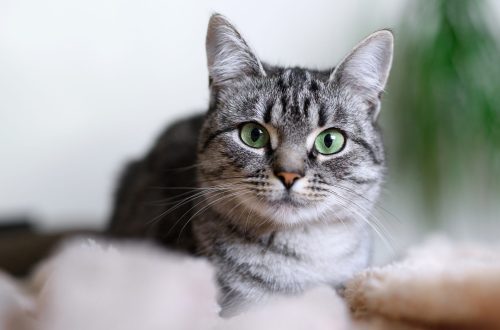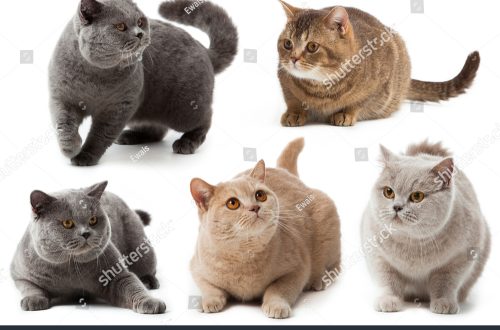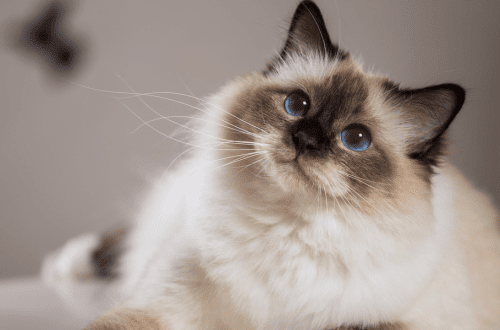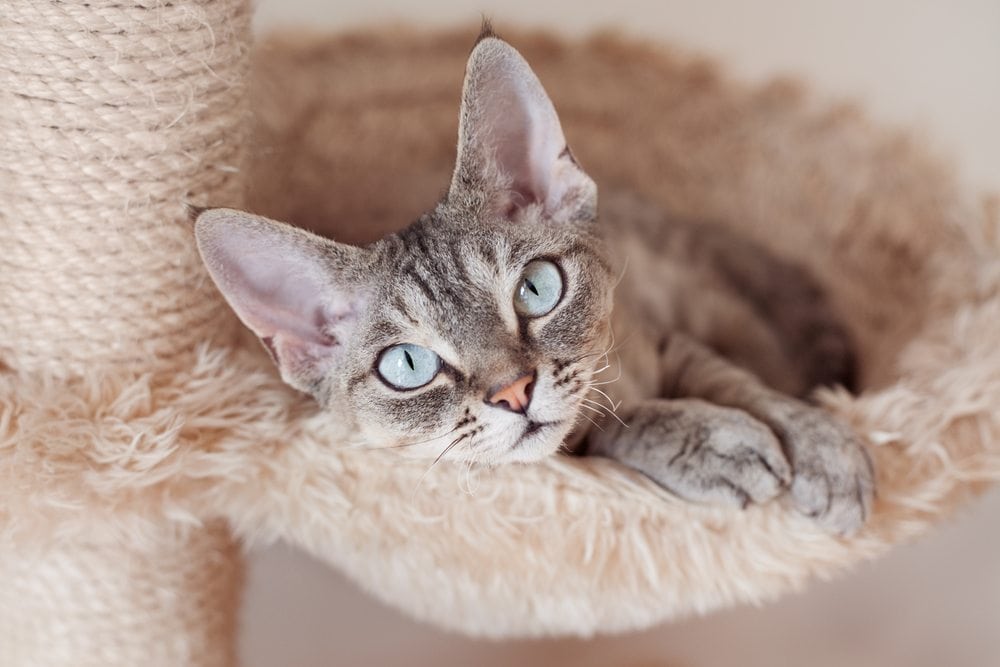
Hypoallergenic cats: 15 best breeds for allergy sufferers
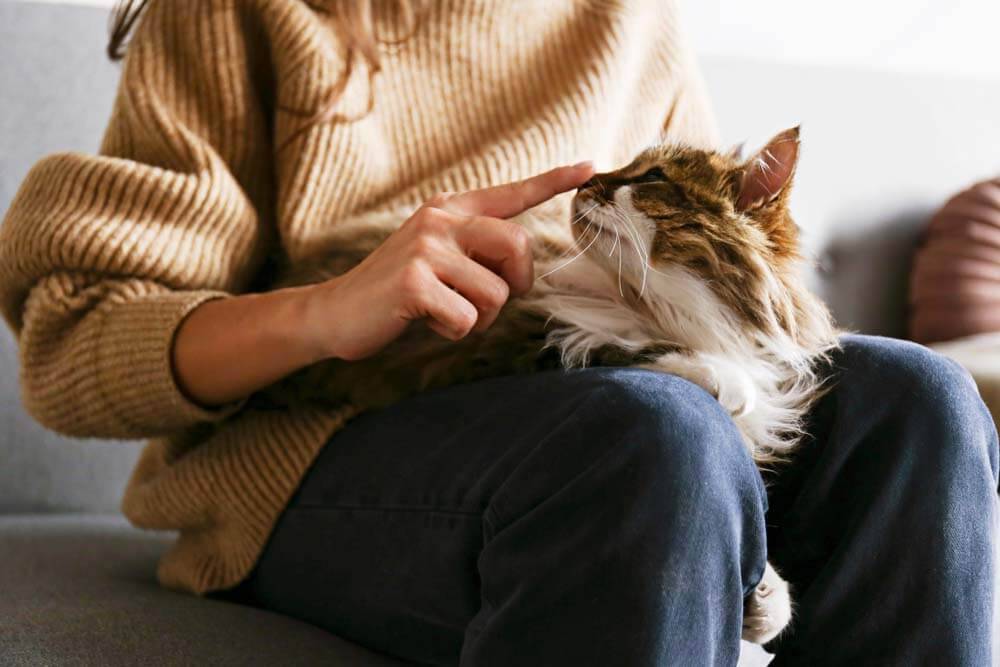
Contents
Causes of allergies
It is a mistake to believe that cat hair causes the reaction. In fact, the most common allergen is the Fel D1 protein found in the saliva and skin of cats. Particles of this protein are carried everywhere and, for the most part, settle on the wool – this is where this misconception came from. Known breeds of hypoallergenic cats that produce less dangerous protein.
However, for many allergic people, their disease does not prevent them from living in the same house with a cat and even contacting him. If you follow the rules of keeping a pet and correctly use the method of getting used to the “native” allergen (when the patient is regularly injected with small doses of the allergen, gradually increasing the amount of the desired component), then you can not only get rid of allergy symptoms, but also achieve clinical recovery. After such a course, a person will be able to live normally with his pet, but the reaction to other animals will continue.
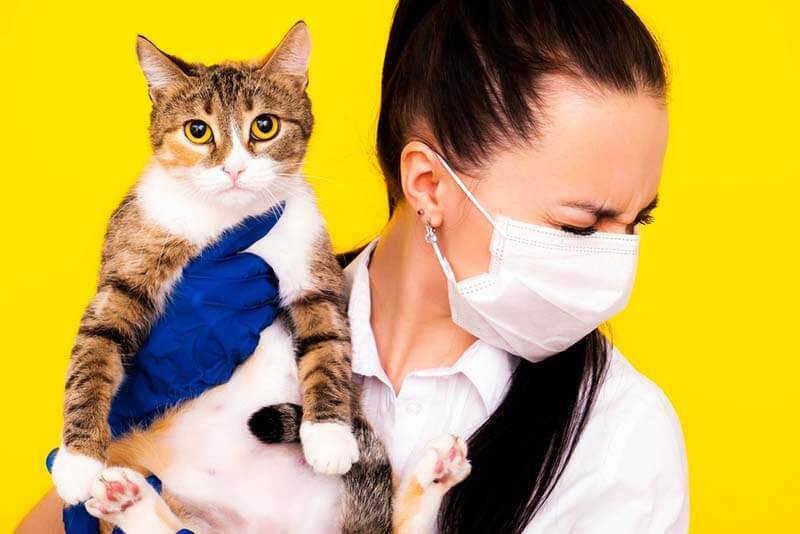
Cat Allergy Symptoms
Signs of a respiratory allergy are:
nasal congestion and allergic rhinitis;
burning and itching in the nasopharynx;
shortness of breath, cough, sneezing;
swelling of the nasopharynx.
Along with the listed symptoms, weakness and even fever can sometimes be observed.
On the skin, an allergy to cats that occurs through direct contact with an animal manifests itself as follows:
irritation and itching of the skin;
rashes, redness.
Other cat allergy symptoms:
headache;
weakness;
puffiness of the eyes, profuse lacrimation.
Allergy symptoms are varied and manifest with varying intensity. Much depends on the characteristics of the human body and the breed of the animal.
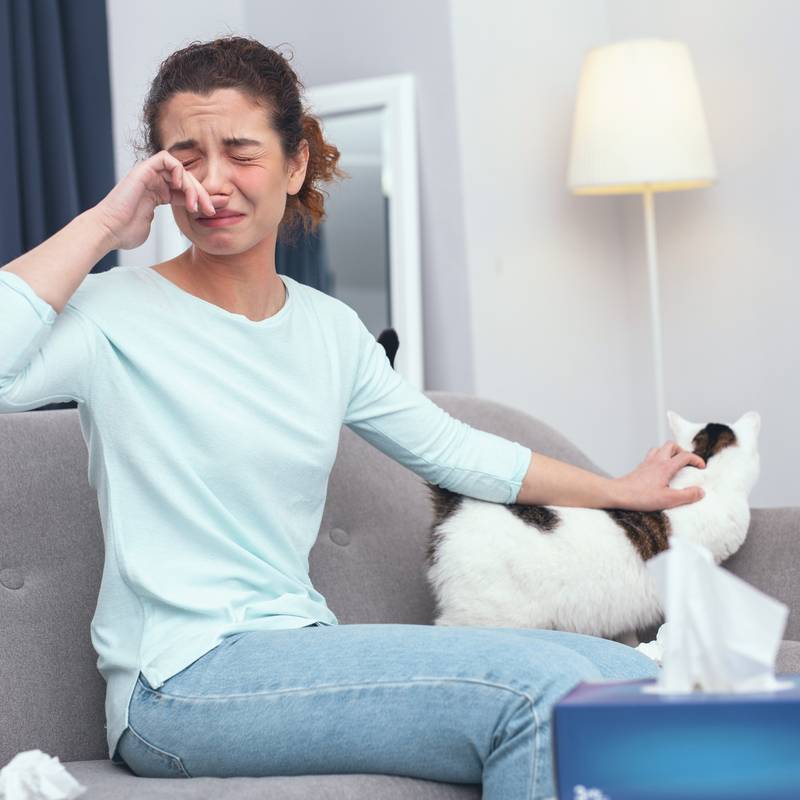
Are there hypoallergenic cat breeds?
There are no breeds that are guaranteed not to cause an allergic reaction (the so-called anti-allergenic breeds of cats). But there are those with whom this happens at times less often. Such breeds of cats are conditionally called anti-allergenic. The point is in the reduced production of a dangerous protein that settles on the wool. These types of animals include:
naked (hairless) cats. Lack of hair is not the main thing. Allergens that accumulate on the skin are easy to remove, for example, by bathing a pet.
cats without undercoat. The undercoat plays an important role – during the molting period, allergens spread with greater intensity, and cats that do not have a lower tier of hair cover practically do not shed. True, this feature makes them vulnerable to the cold.
cats with reduced production of a dangerous protein. Many do not know that the existence of absolutely hypoallergenic cat breeds is a myth. The misconception is widespread for the reason that not everyone understands the nature of the occurrence of an allergic reaction. For example, sphinxes are often referred to as allergy-free breeds due to the lack of wool, but these cats produce Fel D1 in the same way as any other. Thus, cat breeds that are not allergic simply do not exist.
Hypoallergenic cat breeds
Hypoallergenic are animal species that meet at least one of the listed criteria. We have compiled a list of allergy cat breeds that excrete minimal amounts of Fel D1. It is easier for people with allergies to live in the same area with such pets. Doctors recommend paying attention to the hairline of animals: pets without undercoat, naked or curly breeds are preferable. The latter rarely lose their hair and do not carry it around the house.
Siberian cat
Size: medium, close to large
Wool: medium length
Lifespan: 12-15 years
The secret of the “Siberians” is in the reduced production of Fel D1. The breed was bred in Russia several centuries ago. These are tabby cats with thick hair, medium to large size, with a strong physique and large strong paws. “Siberians” are distinguished by a large head, eyes of a golden or greenish hue. Representatives of this breed are famous for their playfulness, intelligence, devotion and good nature.
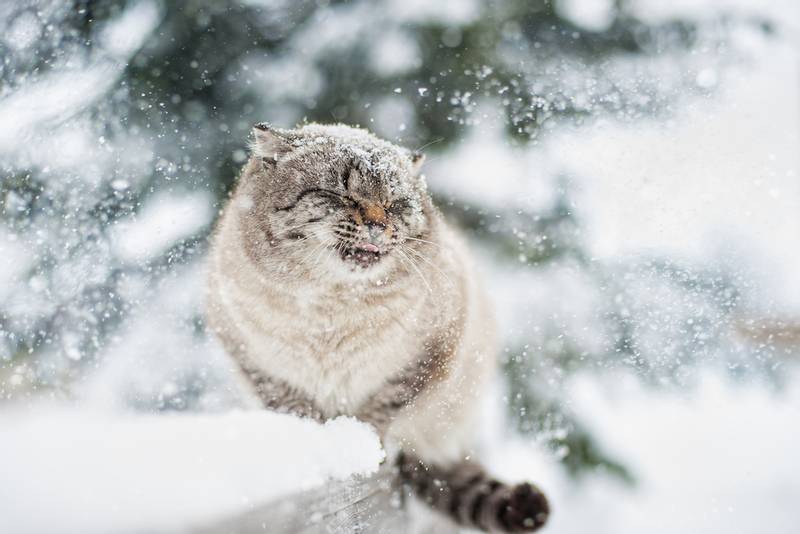
Bengali
Size: medium
Coat: short
Lifespan: 12-16 years
This breed owes its hypoallergenicity to a short, silky coat that hardly sheds. Bengals appeared as a result of crossing a domestic cat with an Asian leopard. They are distinguished by a muscular physique, a triangular head and, of course, a characteristic leopard color. They are energetic, smart and friendly, easily find a common language with people and animals. Bengal cats simply love to swim, but water procedures are recommended to them no more than once every three months.
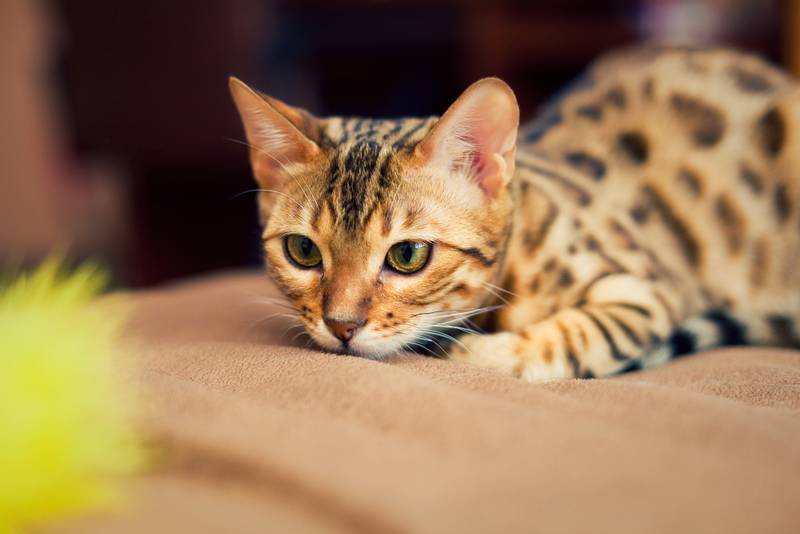
Oriental
Size: medium
Coat: short, long
Lifespan: 15-20 years
These cats are notable for their low Fel D1 content and poor shedding. Orientals are an experimental species descended from Siamese cats. There are both short-haired and long-haired representatives of the breed. They can be described as graceful animals with an exotic appearance (due to large, widely spaced ears). The body is elongated, the head forms the shape of an equilateral triangle, the eyes are most often emerald green, the limbs are long, the color is varied. Oriental cats are known for their friendliness and curiosity.
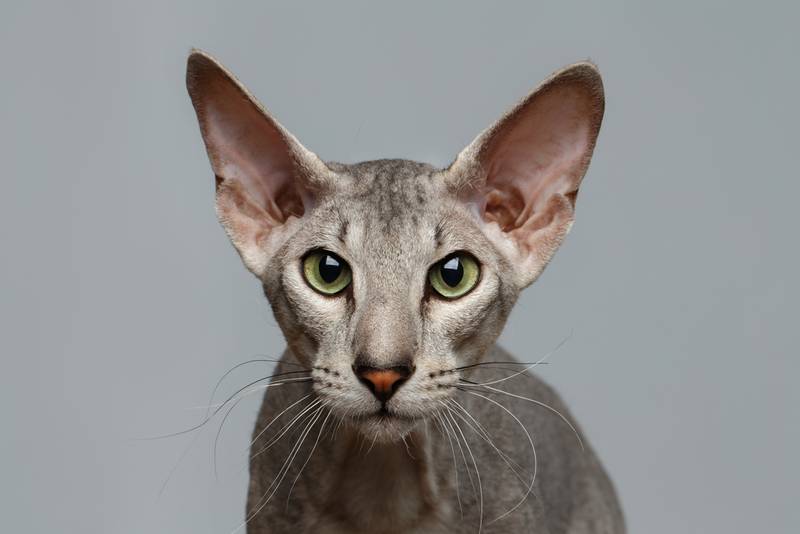
The Balinese
Size: medium
Wool: semi-long
Lifespan: 13-16 years
Hypoallergenic Balinese is achieved due to the low concentration of protein. Another important factor is the lack of undercoat. Balinese cats are proud, graceful animals with an aristocratic posture. They have an athletic build and developed muscles. The color can be different, the most common are blue point, frost point, seal point. Balinese cats are extremely sociable and require a lot of attention. They do not tolerate loneliness and silence in the house. They are smart, inquisitive, always want to be in the center of events. The Balinese are among the top XNUMX smartest cat breeds in the world.
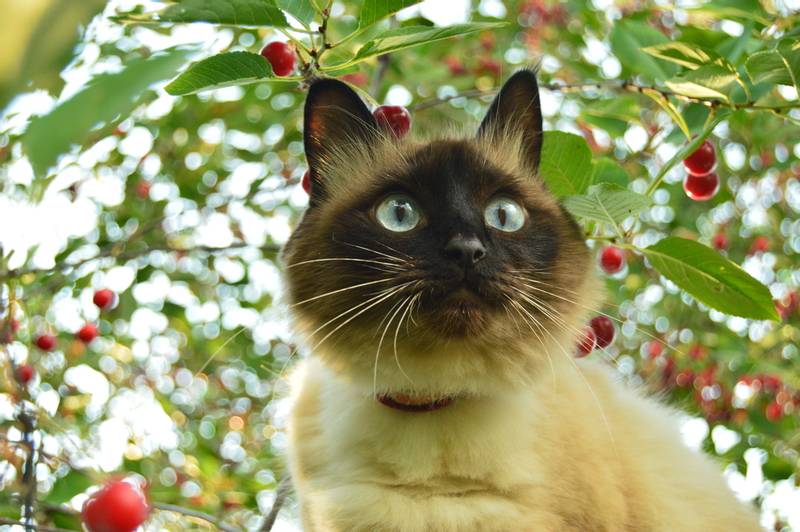
Siamese
Size: small
Coat: short
Lifespan: 15-20 years
The breed, due to the thin and short coat, is characterized by a weakly pronounced molt. Siamese cats are animals with ideal proportions, a flexible body and elegant thin legs. They are characterized by color-point color (light coat with dark areas on the paws, muzzle, ears and tail) and its variations. “Siamese” are smart, devoted to one owner, they do not tolerate loneliness. In addition, they are too jealous and will not share the attention of a person with other pets, so it is difficult to call them non-conflict.
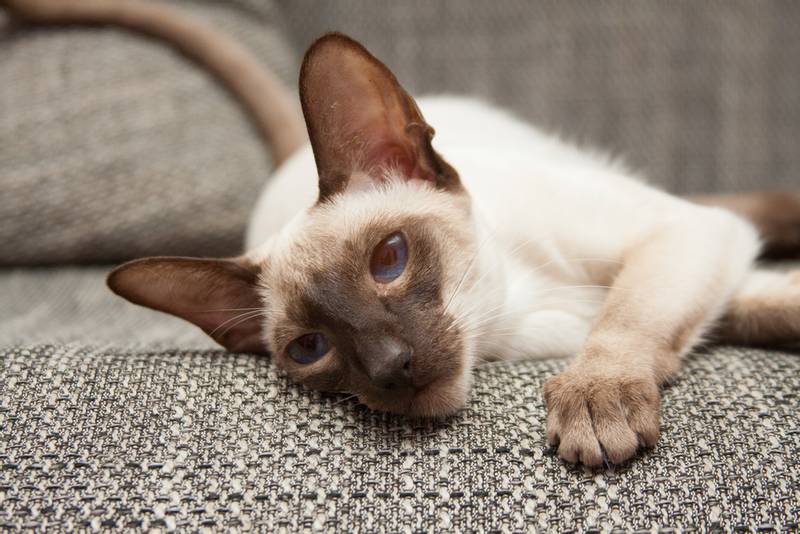
Neva Masquerade
Size: close to large
Wool: long
Lifespan: 15-18 years
This breed appeared by crossing “Siberians” and “Siamese”, adopting the hypoallergenic properties of both. Neva Masquerades are distinguished by thick soft hair, blue eyes, a dark muzzle against the background of a light fur coat. Outwardly, these cats are strong, proportional, with a strong physique. Representatives of the breed have a calm and unobtrusive character, they are completely independent and do not require increased attention to themselves.
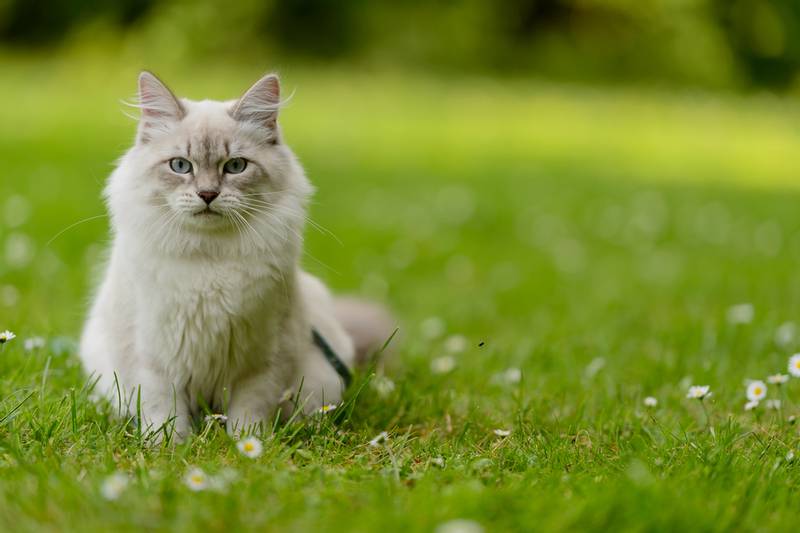
Ocicat
Size: medium
Coat: short
Lifespan: 16-20 years
These felines do not have an undercoat, which is why they are considered hypoallergenic. The Ocicat is the owner of a powerful and even heavy body, strong bones and an exotic spotted color. These are smart, affectionate and sociable pets, their peculiarity is that they are not attached to a particular house and easily endure moving.
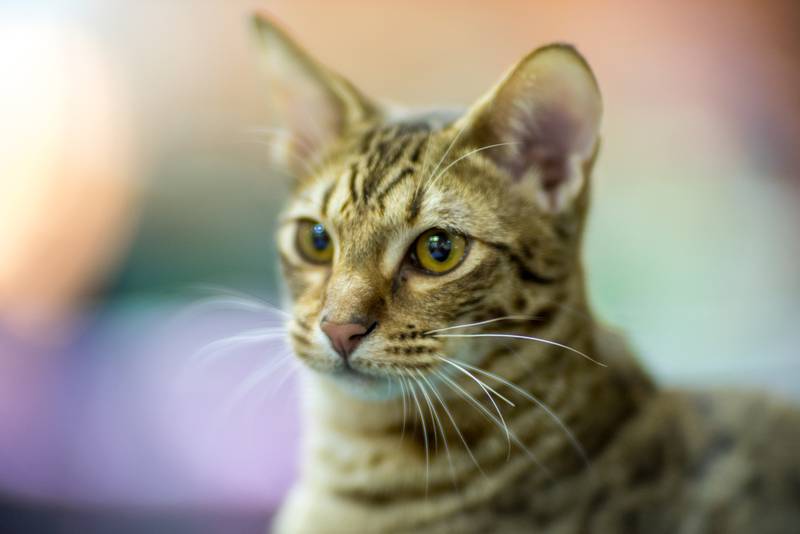
Burmese
Size: small
Coat: short
Lifespan: 15-20 years
Short-haired Burmese cats almost do not shed, and also do not have an undercoat. They are distinguished by a muscular strong body, short shiny coat, large yellow eyes. Wool can be almost any color. It is homogeneous or dark spots may stand out on the muzzle, paws and tail. Burmese are affectionate, playful, loyal to humans, get along well with other cats and dogs in the house.
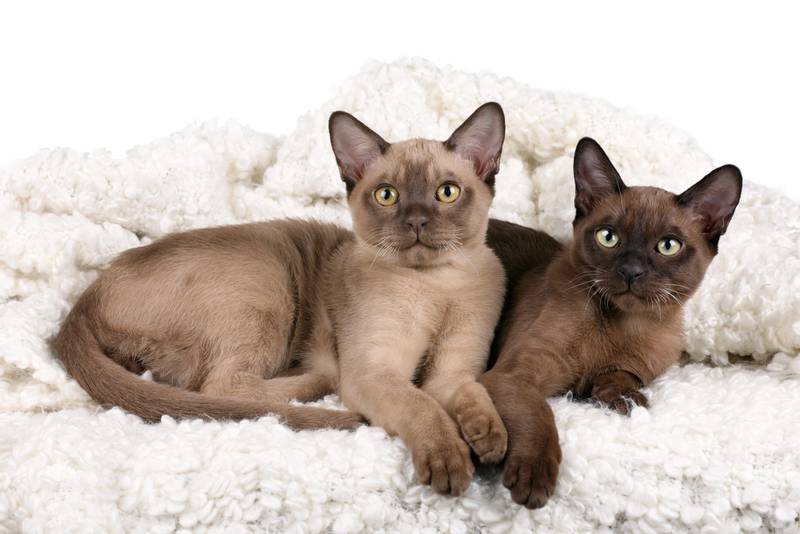
Javanese
Size: smaller than average
Wool: medium length
Lifespan: 12-15 years
“Javanez” – close relatives of Orientals, bred by crossing Balinese and Siamese cats. They don’t have an undercoat. Javanese cats are owners of large ears, an elongated body, slender limbs, a long tail and a graceful physique. Color can be anything. In character there is waywardness, stubbornness and determination. They are active, playful and curious creatures.
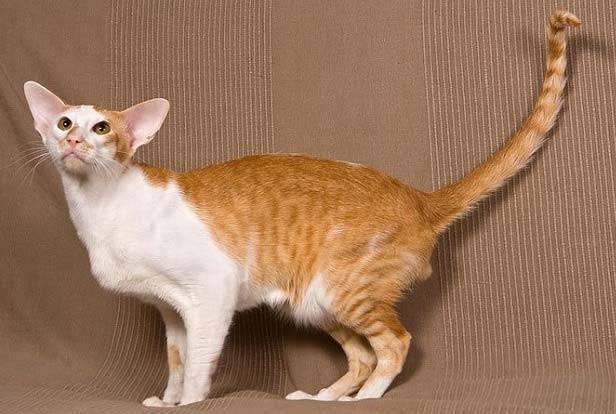
Size: small
Wool: length may vary
Lifespan: 12-15 years
Despite the fact that the ancestors of the Napoleons were fluffy Persian cats, they shed very little. The body is elongated, with a broad back and a powerful neck. The hind legs are traditionally longer than the front ones. The luxurious tail is set high and carried upwards when walking. The color of the coat is varied. Cats of the Minuet breed are quick-witted, affectionate, sociable, and do not tolerate loneliness.
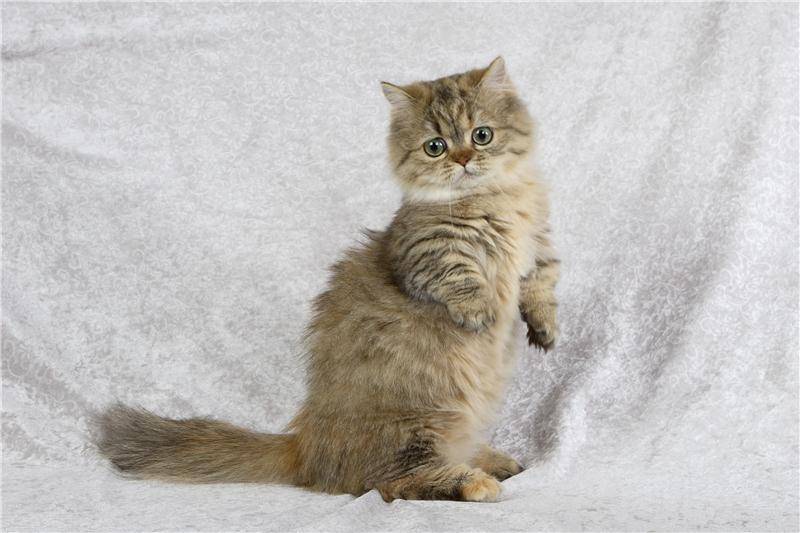
Likoi (lykoi)
Size: medium
Coat: short
Life expectancy: from 15 years
This is a newly bred breed with huge expressive eyes and ragged hair that is unevenly distributed over the body. It grows in tufts, and during molting, the hairline can completely disappear. Because of this, allergens in wool simply do not have time to accumulate. Lykoi are harmoniously built, thin-legged animals with an unusual appearance. Despite the harsh appearance, these are kind, obedient and affectionate pets. From the first days they become attached to the owner, but they also feel comfortable alone.
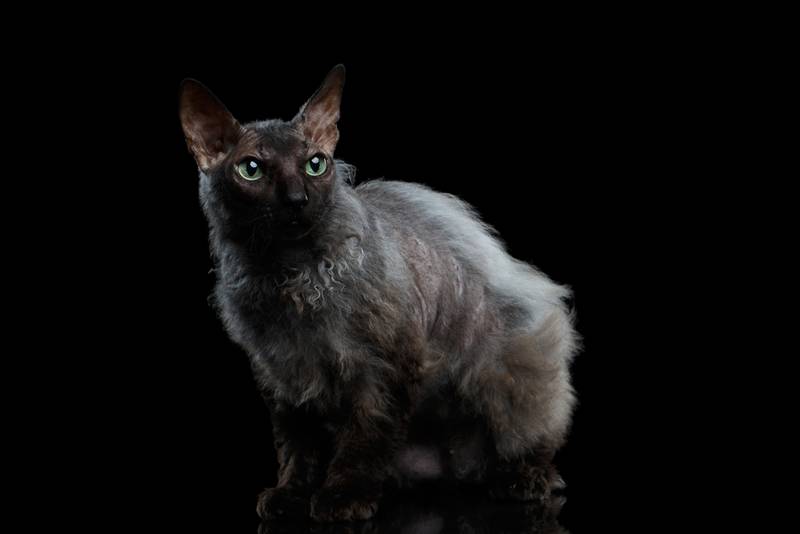
Devon Rex
Size: medium
Coat: short
Lifespan: 12-17 years
Their hypoallergenicity is due to the super short wavy coat. The appearance of Devons is exotic – large ears, piercing eyes, soft curly hair of various shades. This is an affectionate, intelligent and moderately active pet that loves its owners and strives to always be close to them.
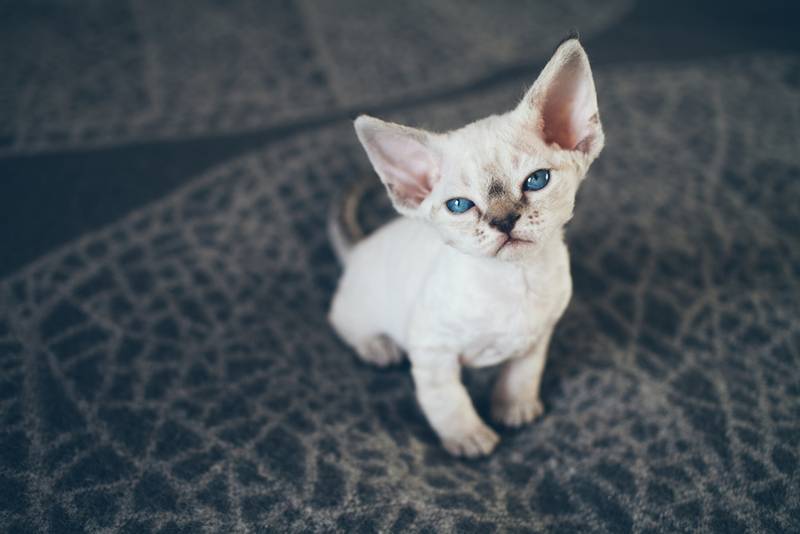
Cornish Rex
Size: medium
Coat: short
Lifespan: 12-14 years
Rex, like Devon and Cornish, has a unique coat – it is short, curly and practically does not shed. Therefore, it is recognized as a non-allergenic cat breed. The main characteristics of the Cornish Rex: light, graceful, tall, long-legged. This breed is considered one of the most playful, active and cheerful.
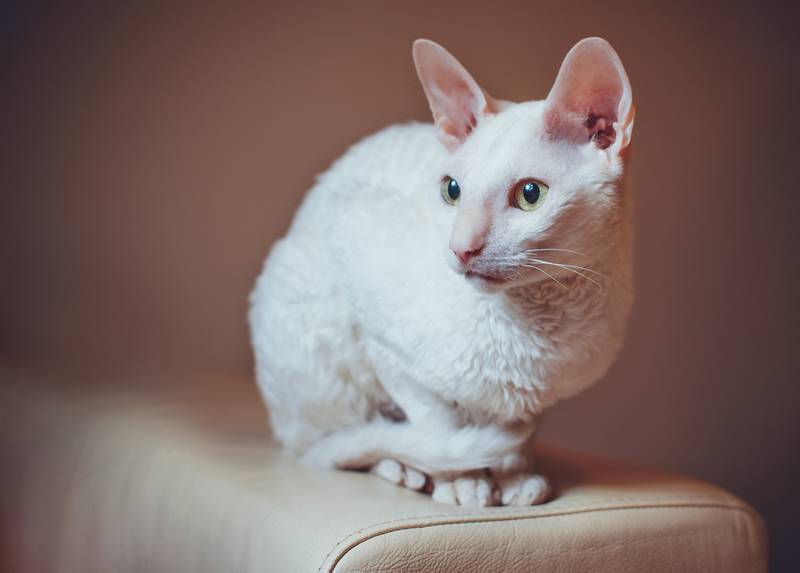
Peterbald
Size: medium
Wool: practically absent
Lifespan: 13-15 years
A breed of hairless hypoallergenic cats bred in Russia. Peterbalds have a long and narrow head, a straight profile, almond-shaped eyes and large ears. The main character traits are sociability, friendliness, affection.
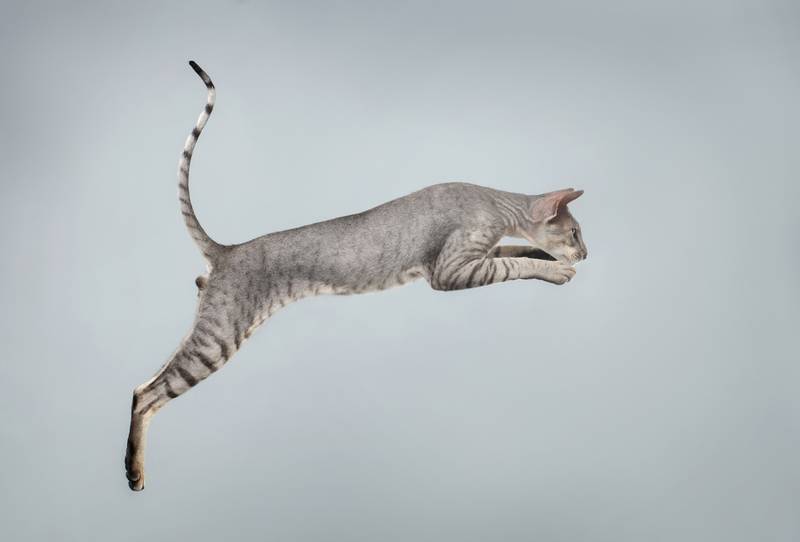
Don Sphynx
Size: large
Wool: practically absent
Lifespan: 12-15 years
These hairless cats, like Peterbalds, were bred in our country. Sometimes juveniles have a small amount of hair on the muzzle and paws. By nature, the Don Sphynx are affectionate and friendly animals that can find an approach to any person. They are able to express emotions through facial expressions and voice.
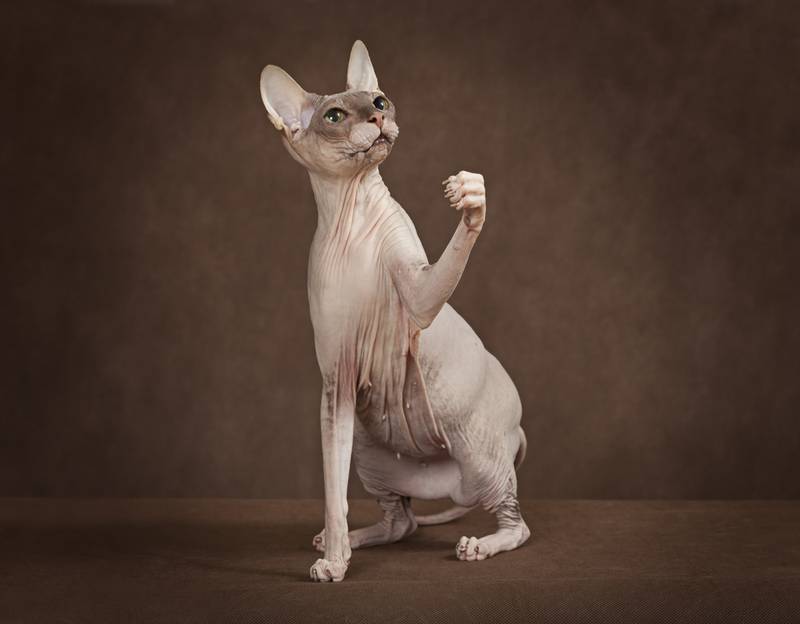
List of breeds to avoid for allergy sufferers
This division is conditional. It all depends on the type of allergy.
Therefore, the most allergenic cat breeds are an individual concept. The following breeds can be noted:
Persians and Exotics. They produce protein in large quantities, and the long coat helps to distribute it.
Maine Coon, Norwegian Forest Coon, American Bobtail, Cymric. These owners of thick wool with an undercoat shed heavily, which is why allergens are carried everywhere along with the hairs.
Sphinxes. Their protein is released during regular water procedures, so sphinxes can be considered hypoallergenic. However, frequent bathing is not good for these cats. Their skin begins to peel off, and fallen scales are an additional allergen.
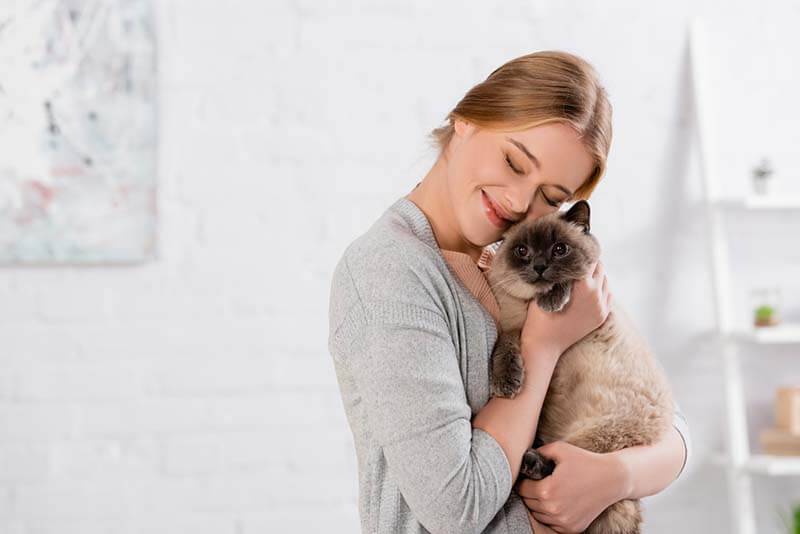
Features of caring for an animal if the house is allergic
If you follow the rules for the care of animals recommended for people with allergies, the likelihood of unwanted reactions is significantly reduced.
Bathe cats 1-3 times a week.
Clean your cat bed as often as possible, and washing and laundering toys is also important.
Clean hairless pets with alcohol-free wet wipes. Hairy cats need to be brushed at least once a week.
Keep the pet’s litter box clean.
Wash your hands after every contact with your cat.
If it is possible to entrust the care of a cat to a person who does not suffer from allergies, then it is worth doing it. It should also be said about the benefits of sterilization, which leads to a reduced production of Fel D1.
Answers to frequently asked questions
Thanks, let’s be friends!
Subscribe to our Instagram
Thanks for the feedback!
Let’s be friends – download the Petstory app



